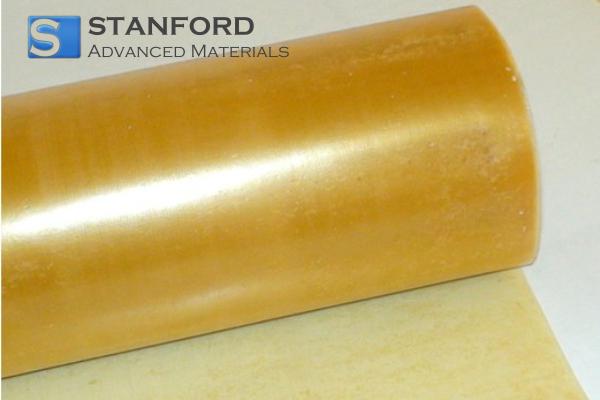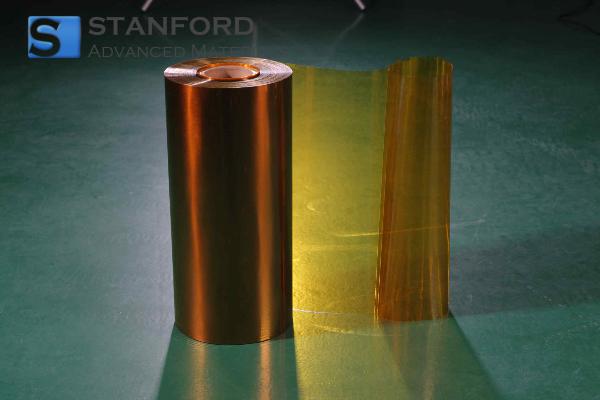ASTM D792: Measuring The Density Of Plastics And Polymers
Introduction to ASTM D792
ASTM D792 is a widely recognised standard test method developed by ASTM International for determining the density of plastics and polymers. Density is a critical property that influences the performance and application of plastics across various industries. By accurately measuring density, it can be ensured that materials meet specific requirements and function reliably in their intended applications.
The ASTM D792 Test Method
Overview of the Procedure
For the ASTM D792 test method, the mass and volume of a plastic sample are measured to calculate its density. The method is straightforward and can be performed using standard laboratory equipment. Precise measurements are essential to achieve a reliable determination of density.
Equipment and Materials
- Balance: A high-precision balance is required to measure the mass of the sample.
- Graduated Cylinder or Pycnometer: Used to determine the sample's volume by means of water displacement.
- Temperature Control: To ensure accurate results, both the sample and water must be maintained at a constant temperature.
Step-by-Step Procedure
Preparation of the Sample: Clean and dry the plastic sample to remove any contaminants that may affect the measurements.
Mass Measurement: Weigh the sample using a balance and record the mass.
Volume Measurement: Immerse the sample in water and measure the displaced volume to determine its volume.
Calculation of Density: Calculate the density using the following formula:
Density = Mass / Volume
Factors Affecting the Accuracy
Several factors may influence the accuracy of the ASTM D792 test method, including temperature fluctuations, the purity of the sample, and the precision of the measurements. Proper calibration of instrumentation and adherence to the standardised procedure are essential to minimise errors.
Applications of ASTM D792 in the Industry
Quality Control
Manufacturers use ASTM D792 for quality control by ensuring that the density of plastic products remains within specified limits. This consistency is necessary for products that require precise mechanical properties.
Material Selection
Engineers and designers rely on density data to select appropriate materials for specific applications. In the automotive sector, for example, lightweight polymers are chosen to improve fuel efficiency without compromising structural integrity.
Research and Development
Researchers utilise ASTM D792 when developing new polymer formulations. Knowledge of density assists in adjusting materials for improved performance and new applications.
Common Plastics and Their Typical Density Ranges
|
Plastic Type |
Density Range (g/cm³) |
|
Polyethylene (PE) |
0.91 - 0.96 |
|
Polypropylene (PP) |
0.90 - 0.92 |
|
Polystyrene (PS) |
1.04 - 1.06 |
|
Polyvinyl Chloride (PVC) |
1.16 - 1.58 |
|
Acrylonitrile Butadiene Styrene (ABS) |
1.04 - 1.06 |
|
Polycarbonate (PC) |
1.20 - 1.22 |
Limitations of ASTM D792
ASTM D792 is a reliable method for determining density but has some limitations. It may not be suitable for porous or highly absorbent materials, as these can affect the accuracy of the volume measurements. Additionally, temperature fluctuations can impact the density calculation, thereby necessitating strict control during testing.
Frequently Asked Questions
What does ASTM D792 measure?
ASTM D792 measures the density of plastics and polymers by determining their mass and volume.
Why is density important for plastics?
Density influences the mechanical properties, thermal behaviour and overall performance of plastics, making it crucial for material selection and quality control.
Can ASTM D792 be used for all types of plastics?
Although ASTM D792 is applicable to a wide range of plastics and polymers, it may not be suitable for porous or highly absorbent materials.
What equipment is required for testing according to ASTM D792?
Testing requires a precision balance, a graduated cylinder or pycnometer, and a temperature control device.
How does temperature affect the density measurement according to ASTM D792?
Temperature fluctuations can affect the volume of both the sample and the water, thereby impacting the accuracy of the density calculations. Consistent temperature control is essential for obtaining reliable results.

 Bars
Bars
 Beads & Spheres
Beads & Spheres
 Bolts & Nuts
Bolts & Nuts
 Crucibles
Crucibles
 Discs
Discs
 Fibers & Fabrics
Fibers & Fabrics
 Films
Films
 Flake
Flake
 Foams
Foams
 Foil
Foil
 Granules
Granules
 Honeycombs
Honeycombs
 Ink
Ink
 Laminate
Laminate
 Lumps
Lumps
 Meshes
Meshes
 Metallised Film
Metallised Film
 Plate
Plate
 Powders
Powders
 Rod
Rod
 Sheets
Sheets
 Single Crystals
Single Crystals
 Sputtering Target
Sputtering Target
 Tubes
Tubes
 Washer
Washer
 Wires
Wires
 Converters & Calculators
Converters & Calculators
 Write for Us
Write for Us




 Chin Trento
Chin Trento



